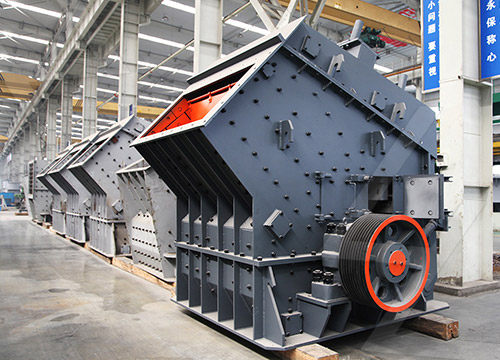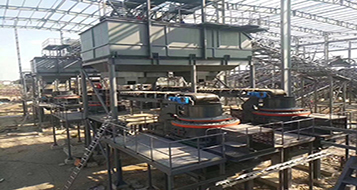Safety Guidelines for Jaw Crushers
Jaw crushers are essential equipment in mining, construction, and aggregate industries, but they pose significant hazards if not operated safely. Below are key safety measures to prevent accidents:
# 1. Pre-Operation Safety Checks
– Inspect the crusher for worn or damaged parts (jaws, bolts, belts).
– Check lubrication levels to prevent overheating.
– Ensure guards and safety devices (emergency stops, covers) are functional.
– Clear the area of debris and unauthorized personnel.
 # 2. Personal Protective Equipment (PPE)
# 2. Personal Protective Equipment (PPE)
Workers must wear:
– Hard hats
– Safety glasses/goggles
– Hearing protection
– Steel-toed boots
– High-visibility vests
– Gloves (when handling materials)
# 3. Safe Operating Procedures
– Never start the crusher without proper guarding in place.
– Feed material evenly to avoid blockages or flyrock.
– Avoid overloading—follow manufacturer’s capacity limits.
– Keep hands and tools away from moving parts (no manual clearing while running).
– Use lockout/tagout (LOTO) during maintenance.
 # 4. Maintenance & Cleaning Safety
# 4. Maintenance & Cleaning Safety
– Shut down and isolate power before servicing.
– Replace worn parts promptly (e.g., jaw plates, toggle plates).
– Never enter the crushing chamber without securing the machine.
# 5. Emergency Preparedness
– Know the location of emergency stops.
– Have first aid kits and fire extinguishers nearby.
– Train workers on emergency response procedures.
# 6. Training & Supervision
– Only trained personnel should operate jaw crushers.
– Conduct regular safety briefings on hazards like dust, noise, and pinch points.
Common Hazards & Mitigation
| Hazard | Prevention |
|——–|————|
| Flying debris | Use reinforced guards and wear face shields |
| Crushing injuries | Keep clear of moving parts; use LOTO |
| Dust inhalation | Install dust suppression systems; wear respirators |
| Noise exposure | Use hearing protection; soundproof enclosures |
Conclusion
Strict adherence to safety protocols minimizes risks associated with jaw crushers. Always follow manufacturer guidelines and OSHA/regional safety standards.
Would you like a more detailed checklist or specific regulatory references?




